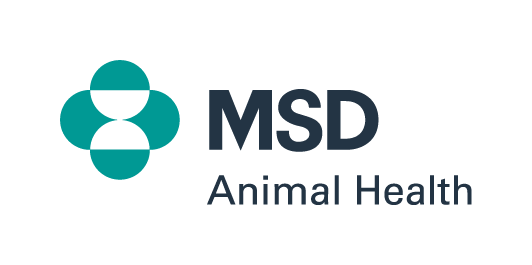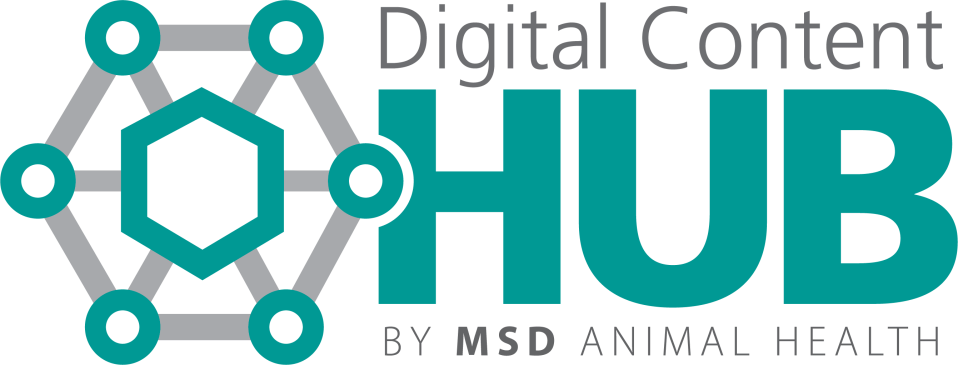Access resources for your practice

Keep your pet happy and healthy

Improve health and fertility
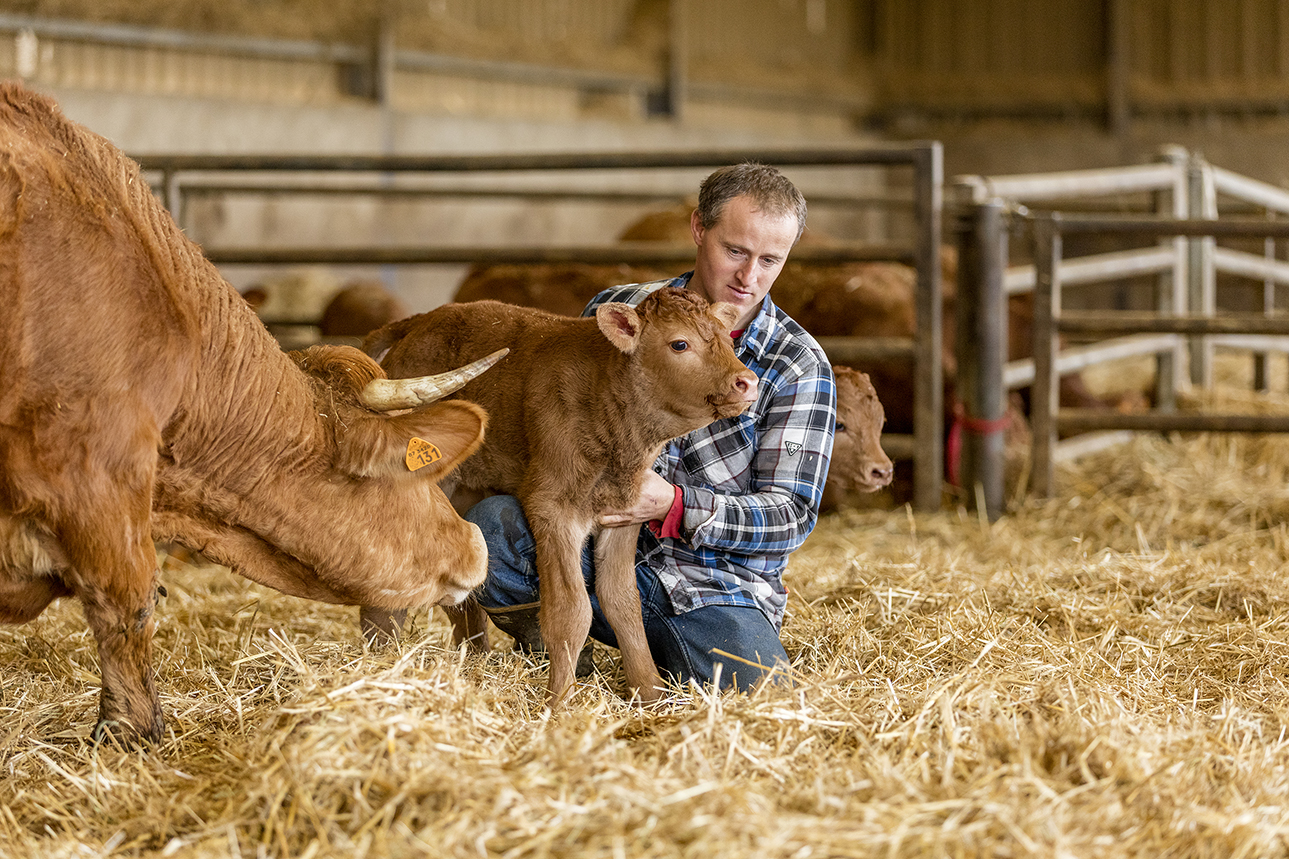
Enhance health and productivity
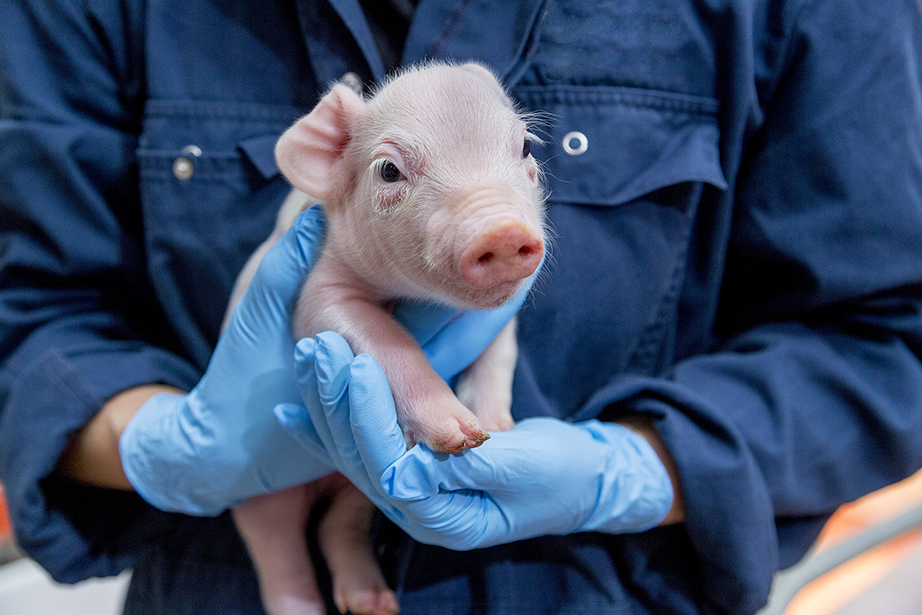
Reminder system for your practice
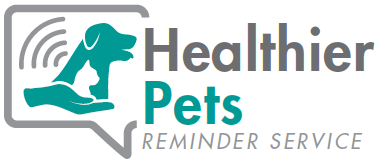
The Healthier Pets Reminder service is a web-based system which allows eligible veterinary practices to quickly and easily set up text and email parasite treatment reminders for their clients. To register for the service you must have a registered MSD Animal Health account and be granted access by our team. Please click on the icon above to proceed to use this system.
Personalised branding for your clinic
Chameleon is MSD Animal Health digital design and printing service which provides your practices with personalised communications. With just a few mouse clicks, you can create personalised vaccination reminders (SMS, email or postcard), vaccination certificates and more.
To progress please click on Chameleon logo above.
Chameleon is a registered trademark of MSD Animal Health.
Resources for Veterinary Practices
Explore the digital content available from MSD Animal Health by clicking on the icon above. Materials included here will assist your practice in raising awareness of common companion animal conditions and how to control them.
The VetHub contains a range of disease and product training materials and videos. A mix of short updates and longer in-depth videos, including CVE accredited material. You can access the VetHub by clicking on the logo above. Please note that access is restricted to veterinary practitioners and veterinary nurses only, and a password is required to access the information. Contact your MSD Animal Health Account Manager or email us at vet-support.ie@msd.com to request access
